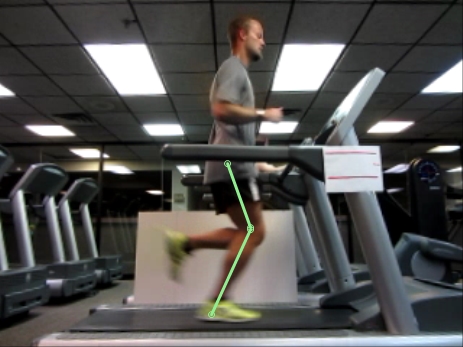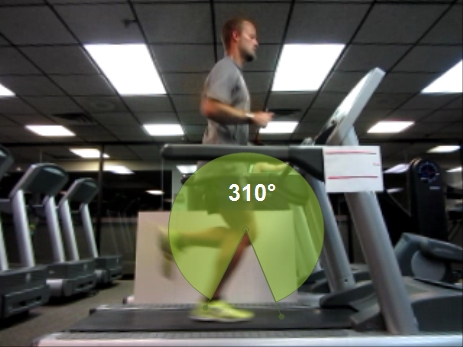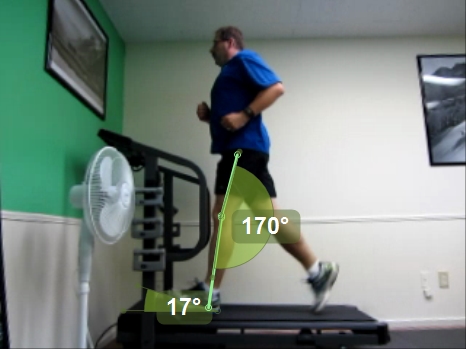Hey runners!
Perhaps you have read about a running analysis, seen it done somewhere, or know someone that had one done. They are pretty cool (I love doing them here at the office) so I wanted to share with you my take on a running analysis. I know that a lot of the running stores do “running analysis” but from my experience, these are only looking at your feet and trying to determine which type of shoe you should wear. My take on it is much more comprehensive.
First, a running analysis is PERFECT for any runner that is having some pain during or after running. From my experience, 9 times out of 10 it is due to a fault that is visualized on the running analysis. It’s also really great for runners that want to improve their performance and shave time off their PR. Or maybe you’re both…you have some pain and want to improve your times because maybe your goal is to train for a half marathon.
So, a running analysis consists first of a full evaluation to look at muscle strength, mobility, restrictions or limitations. This helps me pull together all of the pieces of the actual video analysis. Then I have the runner run on the treadmill and we record it on video at various stages and placements. After that, I use a software system to slow the video down to a fraction of the speed and analyze every aspect of the runner and generate a report based on the findings. From there, it depends on what we found but the majority of runners I see, typically require a few drills to implement or a few sessions at the office to train the muscles. Other times, we have to alter the running mechanics to eliminate the pain.
Below are a few pictures from analyses that I’ve done that show important findings.
If you want to learn more about the slow motion video analysis (we also do golf, baseball and cycling), email us at Brenda@Revitalize-PT.com or visit our website. We love working with runners to help them achieve their goals without having to run through pain constantly and train for their goal (one of ours went to Boston!).

Knee alignment is poor and runner complaining of significant knee pain during running

Measuring knee flexion angle during the stance phase of running to determine power and running economy

Measure knee flexion angle to assess running economy

Angle of heel strike and amount of knee flexion as the foot is hitting the ground

